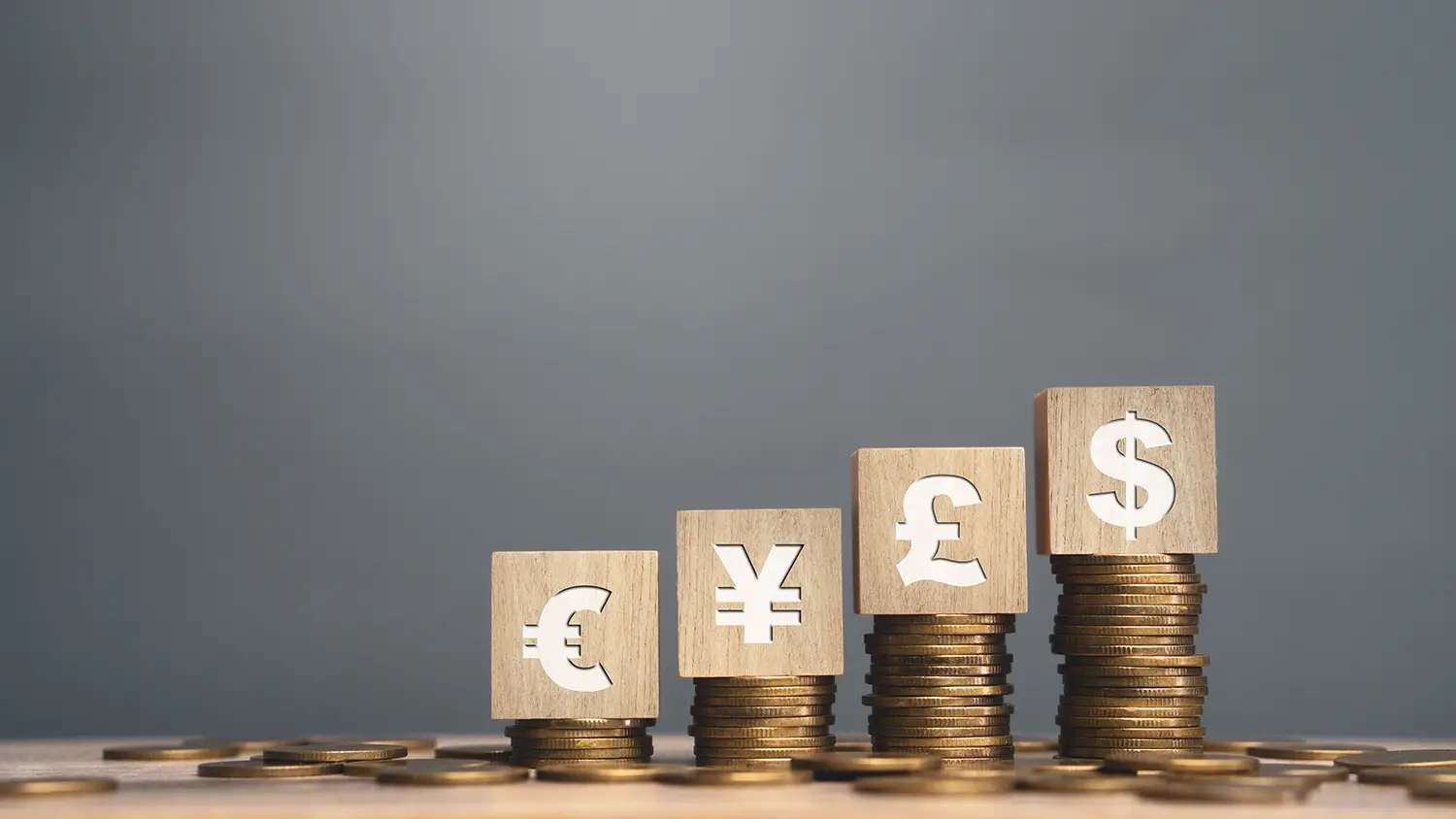Spreads and swaps
Understanding Trading
Costs

What is meant by forex spreads?
When you engage in trading, you will encounter a "bid" (or "sell") price and an "ask" (or "buy") price. The "bid" represents the price at which you can sell the base currency, while the "ask" denotes the price at which you can buy the base currency. The distinction between these two prices is referred to as the spread.
When a trade is initiated, there are intermediaries involved, such as banks or liquidity providers, who facilitate the opening and closing of the trade. These intermediaries ensure a smooth flow of buy and sell orders, guaranteeing that there is a buyer for every seller and vice versa.
While facilitating the trade, these intermediaries assume the risk of potential losses. As a result, they retain a portion of each trade, which is known as the spread.
How is the spread calculated?
The spread is calculated by taking the difference between the bid price and the ask price of a currency pair. When you engage in trading, the bid price represents the price at which you can sell the base currency, while the ask price denotes the price at which you can buy the base currency. The spread is the numerical difference between these two prices.
Pips are used to measure the spread and represent the smallest unit of price movement in a currency pair. The spread is often expressed in pips. For example, if the bid price of a currency pair is 1.2000 and the ask price is 1.2002, the spread would be 2 pips. Pips are important because they allow traders to quantify the price difference between the bid and ask prices, providing a standardized measurement for calculating spreads and determining transaction costs.
How can you calculate the cost of a trade?
To determine the cost of a trade itself, excluding factors like swaps and commissions, you can use the following formula: Trade Cost = Spread x Trade Size x Pip Value.
For example, let's say you have opened a trade with a spread of 1.2 pips. In this scenario, you are trading with mini lots, which represent 10,000 base units. Assuming the pip value is $1, the transaction cost would amount to $1.20.
It's important to note that as the size of your trade increases, so will your transaction costs.
- Basics of Trading
- Equity Trading
- Commodities Trading
- Forex Trading
- Indices Trading
- Responsible Trading
- Deposits and Withdrawals
- Spreads and Swaps
- Leverage and Margin
The Building Blocks for Succeeding with Forex Trading

Check out our FAQ section for commonly asked questions.
